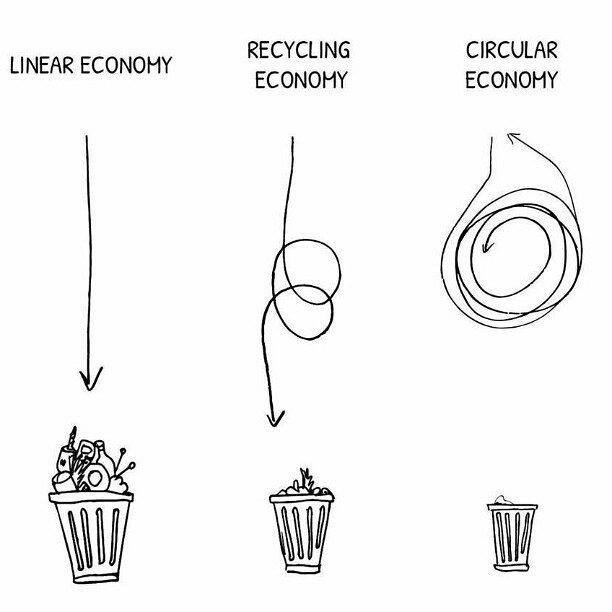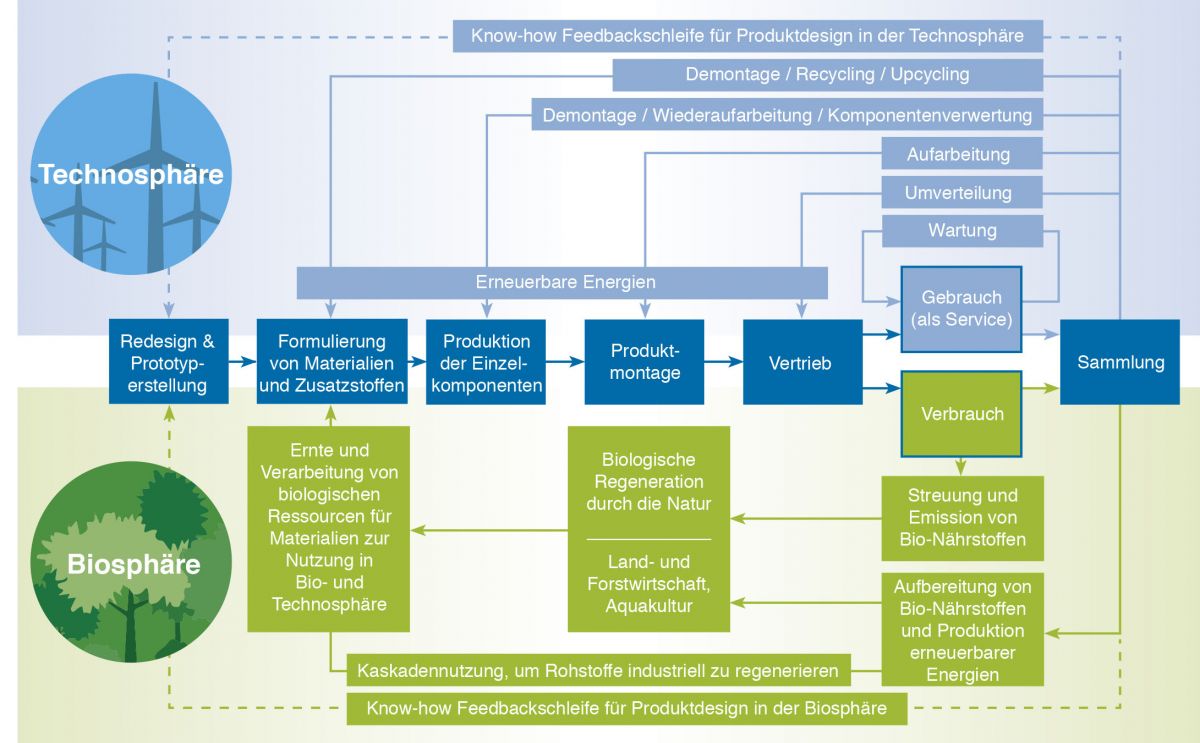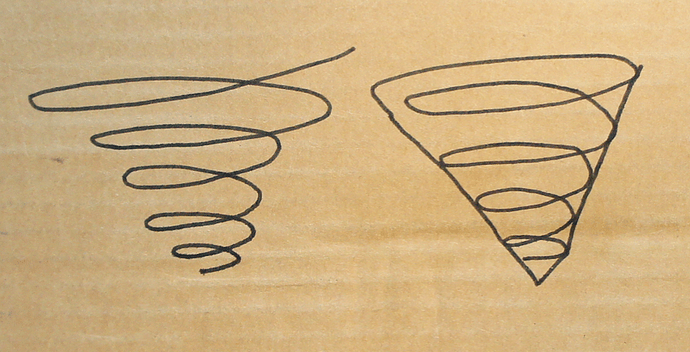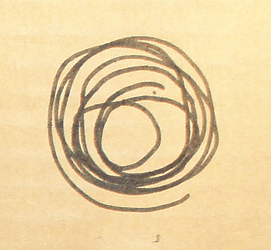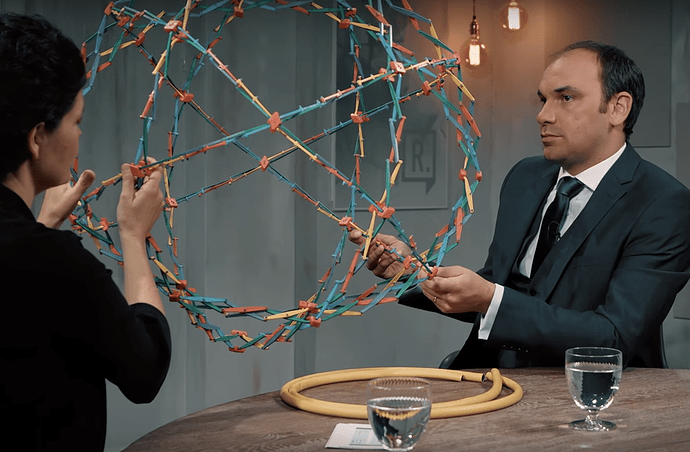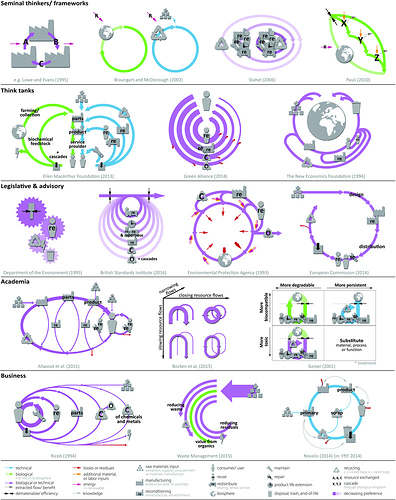Maybe of inspiration: What is ‘Open Source Circular Economy’ - Cory Doctorow Version
HI! very cool idea. and very challenging i think. Ho to visualize Open source…
I would love to participate. For the moment i just have two “inspiration” and one thing about the butterfly diagram you posted before. It is an old version which is not right! the ellen Mac Arthur Foundation did the mistake to speak about biological and technical material. This is not what is abut. Its about the right materiel in the right usage scenario which is in the biosphere or technosphere. They use another version now on the website.
here are two other “system” approaches. The first is from the story of stuff. so simple and i love it. but how to geht open source into it?
I wrote a longer comment in the related definition discussions that is also mirrored on my blog in better layout. The post plays with “spiral economy” and similar ideas. I made a bunch of illustrations for it. Maybe some of them are useful here.
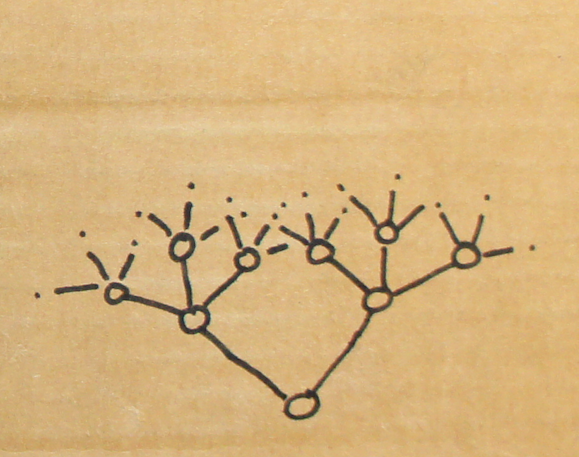
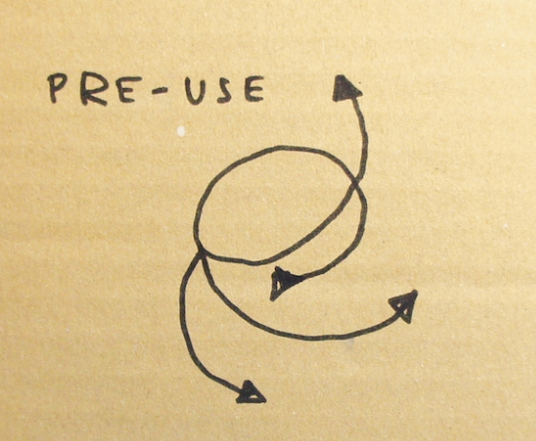
####somehow a spiral that branches out to other spirals that branch out to other spirals … ? Two right next to each other: the biological and the technical spiral.
##Plural instead of Singular?
###Manufacturer(s)
I was looking at the butterfly diagram again. Isn’t the big problem just that it talks about a manufacturer and provider instead of manufacturer_s and provider_s? @sharmarval
@Lars2i totally agree with you. I really think that this is an important observation. So in one diagram, there would be multiple manufacturers and multiple users and the exchanges between them could be multiple…
I get the spiral concept, but I would prefer to avoid the word, because I think it has certain connotations. I really like the direction of the third diagram. In this, the large nodes could represent multiple manufacturers and the smaller dots multiple customers. There would be multiple ‘reverse flows’ between different customers (e.g. sharing/hacking) and multiple reverse flows back to various different producers. Maybe there is also this blurring between producer / consumer that we need to include more … will work on it more later.
Yes.
The images I shared above aren’t good or meant as ideas for a new draft. More like things we already thought about and that aren’t doing the job.
Right now I think the best way to find a new diagram ist to start at the butterfly diagram and iterate that (because it is not everything wrong with it). If you put everything into plural I think the main problem is already solved! And then try to add something that highlights that information needs to be shared along lines too… And you are close to perfect.
Ah, just remembered a graphic I made many years ago (also not saying it is doing the job). But it has lines for “sharing knowledge” in it.

free knowledge enables circularity and free circularity enables to build more free knowledge to enable circularity.
Great, I think you’ve set two key conditions that we want to be able to communicate: multiple interactions, and information. And, yes I agree it might make sense to start with the EMF diagram.
In the EMF model of the CE there would also be information, so we still need to come up with an idea about how to convey that this is open.
Re your comment: “I mean the whole left part of the diagram I never really got. But in general: If you run through the butterfly diagram” on Facebook.
I think this is also a really good observation and something that I knew in the back of my mind. To some extent the EMF is dealing with material flows on the left and product flows on the right, which isn’t very consistent.
So, a question we should think about is, do we want to think about material flows or product flows? I think it’s the latter. In which case, food (i.e. a biological nutrient) would often be transported in a package (i.e. a product / technical nutrient) making me ask if it is logical to separate these two systems?
P.S. I love this sentence: “free knowledge enables circularity and free circularity enables to build more free knowledge to enable circularity.”
One idea to convey that it is about information could just be to a little sentence in the diagram saying that this arrow is for atoms and bits at the same time. In combination with a large headline like “Free, Circular Flow of Information and Atoms” or something like that could do the job. No extra arrows. The butterfly diagram is already quite complicated. Should not become more complicated.
Ha! @RicardoRug found this. Kate Rawsworth explaining OSCE and she is prepared! She brought her visuals (3min Video)
She even used the “10 000 things” bit Sam and I used from the beginning of OSCE 
In my mind I imagined a diagram that uses the distributed production one as a basis and maps icons for users / suppliers / producers onto it to illustrated multiple transactions in a non-centralised way…Today I saw a paper from South America that develops this exact same idea. You can read it here.
http://pdf.blucher.com.br.s3-sa-east-1.amazonaws.com/designproceedings/sbds-issd-2017/042.pdf
At some point we should settle for one, even if we will change it later. There is the risk of spending too much effort on symbolism and finding the most impressive visuals (like the play Kate is doing) and not enough on making the model happen.
I do like the distributed network concept and visual as being the closest to OSCE. I see a few criteria to be included in final diagram we will settle upon:
-
Economy is nested in society which is nested in nature. In other words, economy should be shown in its proper place withing the planetary life supporting cycles.
-
Humans and all other living things are at the core of OSCE model, not materials, not products, not money. It’s funny how there are humans are only users or consumers surrounded by all kind of stuff in the EMF diagram.
-
Localization and globalization or cosmo-localization are equally critical to OSCE, so we have to reflect clearly both global open knowledge sharing and local design/making/consumption. I view knowledge as the most important flow in our concept of OSCE.
If Gien or others can take the distributed network and adapt it to reflect these criteria and the definition we will adopt, I think that would be great.
I am not good at artistic visuals, but for reference here what I use for CE.
Circular Economy Visuals.pptx (820.8 KB)
I came across a comparison of schools of thoughts images on CE which may be useful for picking the best elements from.
Source: The Emergence of Circular Economy: A New Framing Around Prolonging Resource Productivity
I tend to think more and more that resource efficiency and circularity comes as a result of a different economy centered on inclusive human development. Currently the discussion of CE is about how do we make the economy circular, pointing mostly to the surface and the resultant behavior of today’s economy.
In my view if the economy is centered on human development (in its broadest term), it demands of regenerative infrastructure (the way we solve agriculture, mobility, housing, healthcare), as well as full employment of human-natural resources (including the circular loops).
Why the economy takes, makes and disposes (not only products, but mostly people, entire regions, communities and nature)? What drives this metabolic spiral?
What type of economy would do the opposite? What type of economy would employ the worlds human capacity in its full potential and would develop the necessary things(products, infrastructure) to make it possible?
How this translates into an agenda of partial, but aligned, economic interventions that articulate in this new context? What is currently happening today that is representative of these interventions (Open Source is clearly one of the big things, but there are more stuff)? What movements, technical development, financial opportunities etc, can we identify?
#Design Files
In case someone is keen to start with a design process: Here are all open design files of OSCEdays to use and build upon.
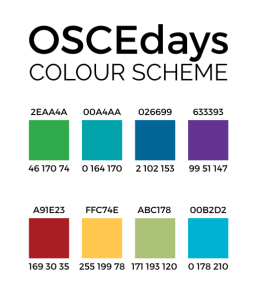
Although the EMF diagram may not be complete, it’s been quite useful to communicate the basics of circular flows to people that are just starting out. Therefore, I would support keeping it as a base, with the suggested Plurals (e.g. manufacturerS) and adding a third resource flow for knowledge.
Here’s my attempt at incorporating this third cycle (apologies for my limited drawing skills).
The H in the center is for HUMAN as a reminder that we are more than users, consumers and creators, and the human capital is the most critical resource to make the rest of these flows a reality.
And below (in case my writing is not legible) it says:
-
First loop: collaboration & co-creation (this would be the highest level of sharing that we would strive for)
-
Second loop: open knowledge sharing (this would involve the sharing of data and skills, but not necessarily working in collaborative way with one another
-
Third loop: open standards critical for circularity (this would involve only sharing what is absolutely essential to enable circularity to happen in certain systems)
What I think is missing here is the currency/money flow. It may not be essential to convey the OSCE concept, but I do think that how we use currency (in broad terms) to enable all these interactions is also important to have a holistic picture of a circular economy.
I’m playing with these ideas, so of course I’d appreciate your feedback on this 
Hi @Paula
This is great! Yes. Putting everything in PLURAL is definitely key.
I thought about your other additions. I think you are absolutely right to put something at the bottom addressing information. But is it really necessary to have more arrows. The diagram has already enough of them  Also it might look like the information (bits
Also it might look like the information (bits  ) is going on different roads than the products (atoms
) is going on different roads than the products (atoms  ) while they should be probably more intertwined.
) while they should be probably more intertwined.
How about this: Putting a light blue box at the bottom saying something like: “Requires free information and simple designs. (To drop the costs for collaboration)”
And make the arrows in the technical cycle dotted in two colors to show that info and products go together?

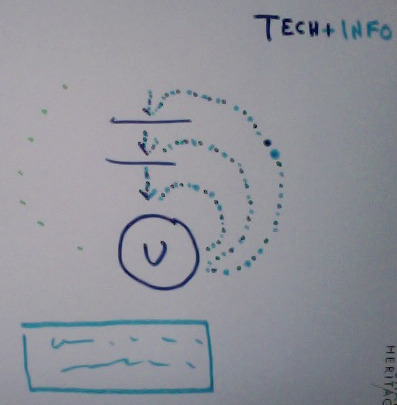
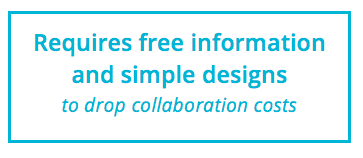
In addition we could call it “Technical Materials & Information” at the top right.
And somewhere as text maybe something about “distributed networks of circularity”.
maybe it is very complex to try to summarize everything in a single diagram but I would like to know what you think.
I think when it comes to economy we should think of it as “human needs” centered (referring to human needs theory, https://en.wikipedia.org/wiki/Maslow’s_hierarchy_of_needs) because that is the whole point of doing all the things we do that we call “economy”: we want to fulfill our needs for survival and ideally also a good life (whatever that is in our individual perspective). So a picture could try to include this, only I don’t know how…
When it comes to cycles we might want to look for schematics of eco-systems rather than CE or other economists who we know are mostly not very good at understanding complex networked circular systems.
Only problem here: nature is not open source, meaning it has no need to document and hand on information, use block chain, co-ordinate… nature does not need to design, assemble, disasseble, re-use, distribute - no need to plan ahead and be in control of material flows and allocation of profits and rewards. It doesn’t need to because it’s not about the survival of individuals but of life itself at the cost of a lot of individual death. For ethically thinking humans that’s now a viable option to treat fellow humans in such a way.
Hey, I think this is a very interesting idea to show it as a pathway - splitting roads - with some kind of half arranged tag cloud! Cool! 
–<
If you can find the time you can try to get rid of the spatial illusion? It makes it hard to understand. And I think it it not necessarily needed. It might look like a little bit like the image in comment 13 - but with other words and concepts attached to the parts of the image.
Excellent! My suggestion is to add in the network’s background an image of Earth or of the biosphere that includes humans and many other living organisms. The ultimate goal of the economy (an artifact that has gotten out of control and satisfies an infinite number of wants and an ever reduced number of needs; good or bad, we are stuck with it, so that’s what we have to change) and all human activity should be to preserve a biosphere for all.
